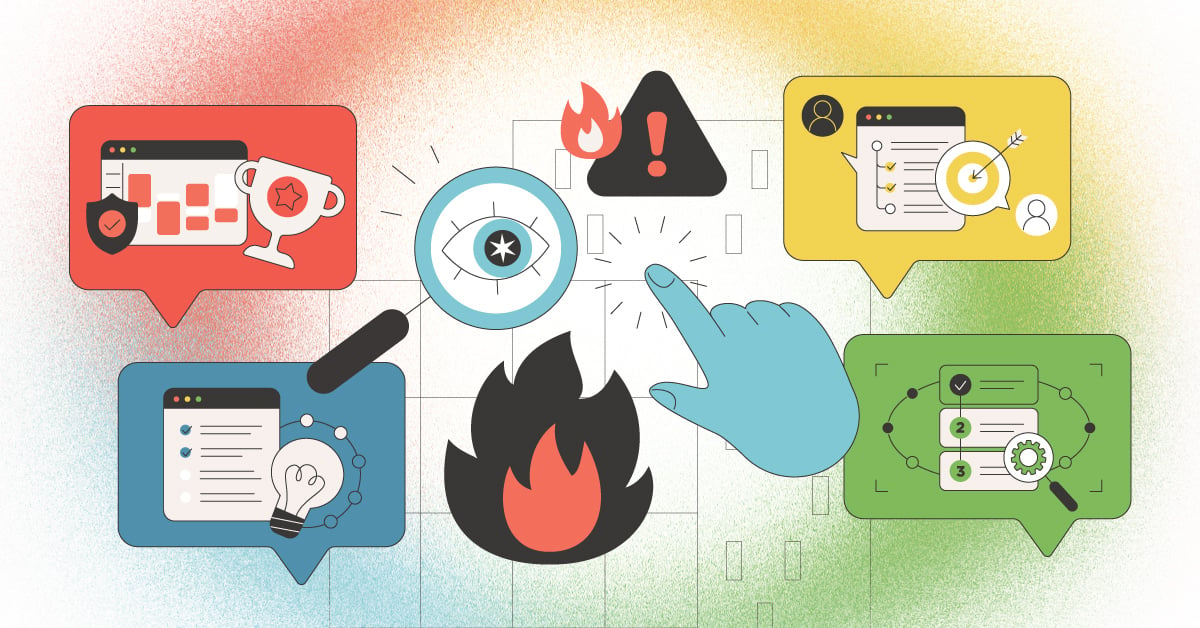
DISC is the universal language that helps us to identify a person’s behavioral style. It’s considered to be “universal” because the rules of DISC apply to everyone, regardless of their place of origin. Another great thing about DISC is that it is observable. With minimal training, it’s fairly easy to identify a person’s main behavioral style just by briefly observing them.
Recently, we defined DISC and talked about how it pertains to observing non-verbals and exchanges between people. To read more about this, see our blog entitled Speaking Volumes Without Saying A Word.
Continuing this theme, we dive deeper into how to observe key non-verbals to be able to identify a person’s behavioral style by paying attention to how people act in particular situations, especially when entering a room, being around a group of people and interacting with those people. Being able to identify a person’s behavioral style makes it easier to communicate effectively with that person.
The Room
Walk into a room and witness the dynamic. A typical room has two “focus” points: the doorway and the area where people gather. An individual will gravitate toward different focus points depending on their behavioral style. Observing how the people fill the space in the room is an easy way to identify behavioral styles.
The D’s and I’s will head straight to the people while the S’s and C’s will not. The D wants to own the space, asserting their strength. The I is happy just being in the space. The S will eventually put themselves in the vicinity of the people but not immediately. They look for the best way to move through the room at a pace at which they are comfortable.
The C will usually avoid the people as long as they can and find a spot in the room that is away from the people and the door. The C finds comfort in being away from the group because of their natural aversion to being observed or judged.
The Circle
Now imagine a group of people standing in a circle, conversing with each other. Watching how a new person entering a room interacts with that existing group of people will be a surefire indicator of their likely behavioral style.
Typically, the high-I will walk straight up to the group and immediately begin to talk in a friendly, polite, non-intimidating manner. People energize the I and provide a natural high. The high-D, seeking to establish his or her place in the room, will also walk straight to the people. The D will be more likely to break the circle of people, invited or not, because he/she seeks to either become the leader or align him/herself with the current leader. While both D & I have no hesitation toward engaging others, the directness of the D is the differentiator. The I will not attempt to assert dominance when they enter the circle, although they will likely be the most talkative.
The D will face the person they are talking with straight on and seek to establish him or herself as the leader. If the D feels they are the best leader, they will maintain this position. However, if they realize there is a more dominant leader in the room, the D will defer to that leader and align him/herself with the stronger leader.
While a high-S may want to join the circle, they won’t head straight for it. Instead they will linger nearby the people and wait to be invited to join the group. Indirect in their approach, the high-S will be more laid back in their attempt to join the conversation. The S will probably talk less than the high-I and definitely use less hand gestures. The S has a calm demeanor and is likable despite not being very outgoing. While D’s and I’s have no issues addressing the group as a whole, the S prefers to pick out an individual or two and have a side conversation with them.
The high-C will neither approach the group nor break the circle. Their preference is to avoid the group of people if at all possible. They will most likely look to position themselves behind a barrier, whether that be a chair, table or even the drink in their hand as they like space between themselves and others. If the opportunity presents itself, they will walk behind another person entering the room. This is in stark contrast to the D who typically makes his/her presence known immediately after entering the room.
The Handshake
Once all the people are together, watch how they introduce themselves to each other. The driven style of the D shows itself most in two situations: during conflict and in the presence of people. The D confidently steps toward the person and positions him/herself directly in front of them. The D will reach out his/her hand, give a firm handshake and maybe even turn the other person’s hand slightly. The hand turn may be conscious or unconscious, indicating an act of dominance. If the other person allows their hand to be turned, it’s their way of accepting deference to the dominant D.
The C prefers not to be touched at all, and will keep a safe distance from the other person. When a handshake is imminent, the C will prefer to stay back and reach for the other person’s hand, keeping some distance in tact. The S will get closer than the C but will still show some restraint. They have a softer, gentler approach to a handshake, not trying to establish any sort of dominance nor convey a message. The high-I will confidently shake the person’s hand and maintain solid eye contact, but the handshake will be straight with no attempt to assert dominance.
Eye Contact
The D will often maintain steady eye contact throughout the interaction, but may look the other person over completely. This differs greatly from the I who will keep their eyes fixed solely on the face of the person with whom they are communicating. If the D feels that there is someone in the room more dominant than they are, they will quickly change their approach and avoid eye contact, subconsciously deferring to the stronger leader.
The S will mostly maintain eye contact when being spoken to, but will shift eyes away when they begin to talk. They pay close attention to the other person when they talk. S is very conscious about how other people are feeling, and will adjust their mannerisms accordingly. If they sense they are pushing someone away, they will avoid eye contact altogether.
C makes limited eye contact but in a roaming gaze. They'll quickly lock eyes then immediately look at something else. C's will purposely avoid eye contact if they are uncomfortable, and even shift their body position away from anyone that makes them feel uncomfortable. They often shift their lower half toward the direction where they feel most comfortable. C's are the quickest to change when something feels uncomfortable.
Environmental Factors
All non-verbals can’t be judged on the surface when it comes to body language. While talking to someone having crossed arms may appear to be a sign of a closed communication channel, it can also be a sign that it’s just cold. To make an accurate judgment of a person’s behavioral style, environmental factors have to all be taken into consideration.
Things to think about include: ambient temperature, noise level, surrounding activity, presence of others, etc. If there’s a lot of activity surrounding your conversation, the other person may be distracted. If the air conditioning is on full blast, they may have their arms folded and be anxiously moving around trying to generate heat. If it’s loud, the person might move closer to be able hear. It doesn’t necessarily mean they are a high-D or I; they just may not be able to hear at their usual, preferred distance.
Conclusion
You don’t need to be an expert in the science of DISC to be able to identify someone’s behavior style. If you pay close enough attention, and know what to look for, you can figure out their behavioral style before they even speak a word.
Understanding a person’s behavioral style gives you a big advantage during communication. Since communication is the cornerstone of virtually all human interactions, having that advantage can go a long way in helping you accomplish things that are important to you.



![Don’t Let Your Behavioral Style Haunt You [Infographic]](https://blog.ttisi.com/hubfs/Halloween-Infographic_DontLetYourBehavioralStyleHauntYou_Email_Header.png)
